In the tradition of literary greats like Shirley Jackson, Mike Flanagan masterfully brings the haunting beauty of gothic horror to modern audiences.
Gothic horror hasn’t truly gotten the attention it’s deserved since the days of Shirley Jackson and Daphne du Maurier, two extremely gifted powerhouses of the subgenre. Stephen King is one prolific example of writers and creatives who have strived to keep the storied subgenre alive and well, and King is notably influenced by the likes of Shirley Jackson and her predecessor Henry James. Jackson and James wrote what King defines as the two best haunted house stories ever written, The Haunting of Hill House and The Turn of the Screw respectively.
There are other creatives who are devoting themselves to the continuation of the gothic; one is none other than Mike Flanagan himself.
Flanagan has brought the gothic to mainstream audiences thanks to his anthology series The Haunting on Netflix, allowing the gothic to touch viewers who might not regularly seek it out. Mike Flanagan in the past few years has solidified himself as the heir apparent to the throne of gothic horror.
While gothic horror is a basis for horror as modern viewers know it, the subgenre has failed to make a splash in recent years and has been woefully misunderstood by countless audience members and reviewers alike. It’s a type of horror that has grown from the literary tradition and was popularized by authors like Mary Shelley and Ann Radcliffe. The Universal monster films were birthed from this literary tradition.
As the 80s approached, it seemed like the gothic horror was falling more out of fashion in the film scene with the exception of a few notable entries here and there. Guillermo del Toro’s 2015 lush gothic horror masterpiece Crimson Peak is highly indicative of the cognitive dissonance that exists when it comes to gothic horror. While the film is an absolutely perfect textbook example of a gothic horror story, it failed to catch on with the majority of audiences at the time. It was like gothic horror was becoming more of a niche subgenre than part of the very foundation that horror itself is built on.
Three years after the release of Crimson Peak, Mike Flanagan introduced audiences to his version of Shirley Jackson’s The Haunting of Hill House via a Netflix original miniseries.
The cast and crew admittedly didn’t know if audiences would have interest in the updated reimagining of Jackson’s classic novel of terror, and to their shock and delight, the show was a smashing success and a proverbial bright spot in the ongoing gothic horror slump.
Hill House has caused a small revival of the gothic and spurred an interest in not just the novel that inspired it but also Jackson’s other works.
It’s a truly special sort of happening because Flanagan is not only making his own mark as a creator of gothic horror; he is also kindling interest in the creatives that came before him that he reveres. There’s a love there that is unique and a respect that is unparalleled. He’s able to bridge a paradoxical gap between an original experience and the essence of inspiration and bring forth a product that is his and the culmination of his horror ancestors.
In October 2020, Flanagan took viewers on a trip to another iconic haunted house in gothic literature.
Flanagan tackled the works of Henry James, melding several of James’s well-crafted ghost stories including “The Turn of the Screw,” “The Romance of Certain Old Clothes,” and “The Jolly Corner” into the show The Haunting of Bly Manor.
Bly Manor heavily leaned into the gothic just as much as Hill House did yet in a different way. Flanagan brought about interest in James’s less celebrated stories by finding a way to incorporate them in a narrative based around the framework of“The Turn of the Screw.” Bly Manor solidified Flanagan as a skilled and dedicated creator of gothic horror.
Much like Crimson Peak, Bly Manor has suffered from the lack of understanding of the gothic, more so than Hill House did. However, Flanagan managed to overcome that misunderstanding and create a well-received and beloved second installment in The Haunting series. It’s an impressive feat to overcome the odds in that way and aid in furthering a subgenre that doesn’t get the proper respect that it deserves.
Most of Flanagan’s filmography leading up to Hill House and Bly Manor has held tinges of the gothic. His uniquely personal emotional approach to horror is something that hearkens back to the gothic tradition. The gothic thrives on human emotion and uses it as a way to conjure up sheer dread.
Flanagan has done this from his very first feature film Absentia.
Absentia’s narrative hinges on the human aspects and creeping terror, not unlike the gothic tales that Flanagan reveled in as a fan of horror. The gothic, while fantastical and horrific, has always centered human tales, whether it be about Victor Frankenstein’s hubris or the second Mrs. de Winter’s crippling anxiety. It makes perfect sense that he would go on to adapt the works of Stephen King, another monolithic creator who has been influenced by the gothic, along with the works of Jackson and James.
There’s a sense of wonderful interrelatedness when looking at how connected Flanagan is to the gothic tradition and to the tenets that the gothic displays.
The qualities of gothic horror are duly nurtured in his works, asking questions about the darkness of the human heart and not fearing the answers that might result over the course of the narrative.The unparalleled respect that Flanagan has to the genre is evident, and that respect has allowed him to thrive.
He’s not making horror just because it’s en vogue; he’s making horror because he loves it and he loves telling empathetic stories. He’s as at home with the macabre as Jackson and James are, making him the perfect person to carry on their legacies and further the subgenre while he’s doing it.
Mike Flanagan has become one of the brightest stars of horror, and he uses his light to create some of the most emotionally moving horror out there and pay homage to creatives that came before.
Gothic horror isn’t suited to every viewer’s taste, but it is important to horror as a whole.
Creatives who have invested themselves in the preservation and continuation of subgenres that have become niche should rightly be cherished as assets to the genre. Flanagan has undeniably done horror fans a service, as well as viewers that don’t necessarily watch a lot of horror. It’s ridiculously powerful to create horror that lends itself to a time honored tradition and has cross over appeal to audiences with different viewing tastes.
Flanagan has managed to do both.
It’s an honor that the world gets to bask in his works and get great gothic content at the same time. No matter what Flanagan decides to tackle next, fans can rest assured that it will be a well-crafted and thought provoking piece of horror, and with hope he’ll keep producing amazing gothic content.


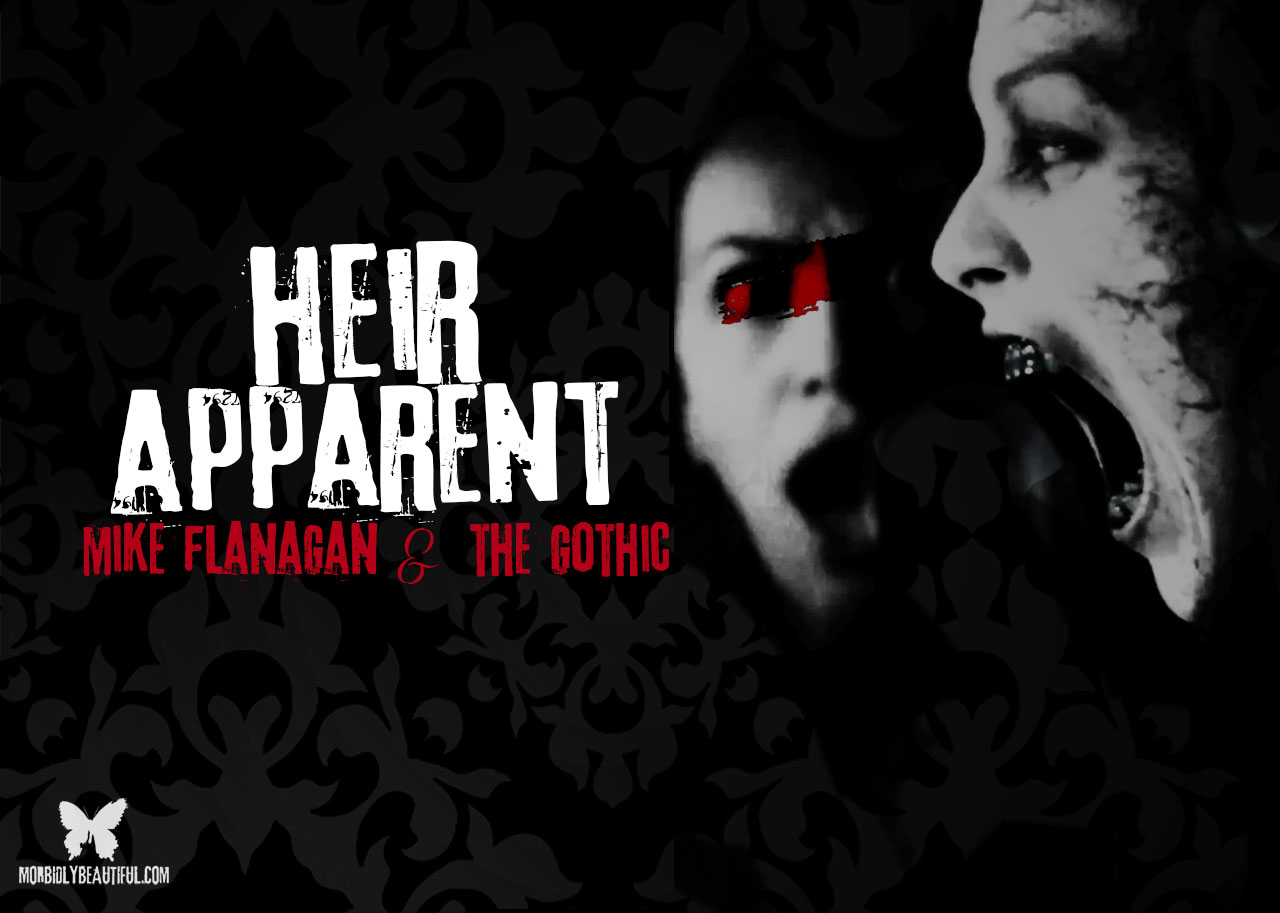

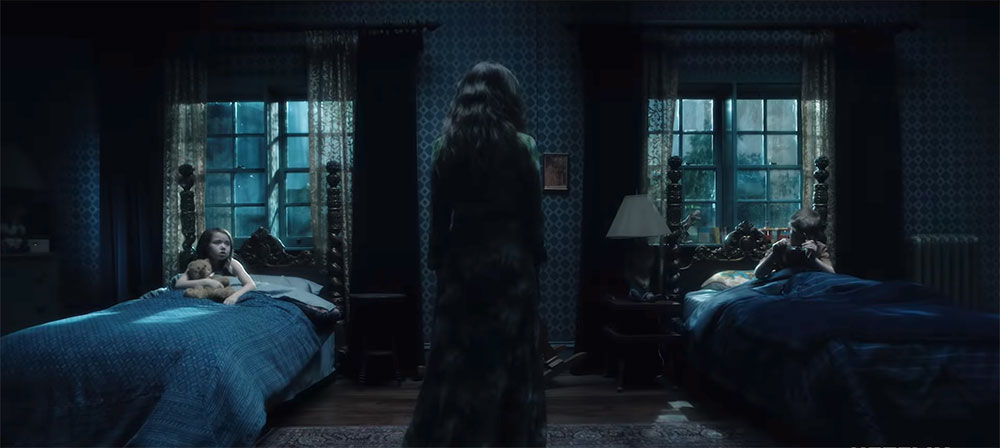
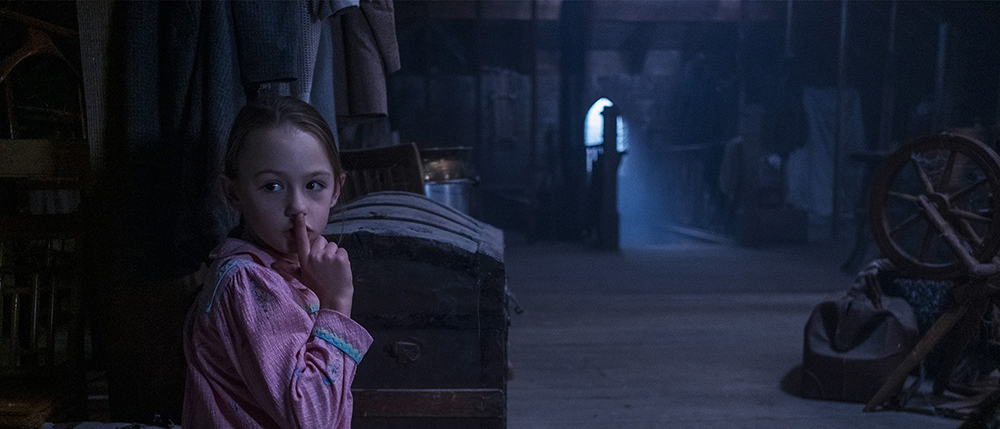
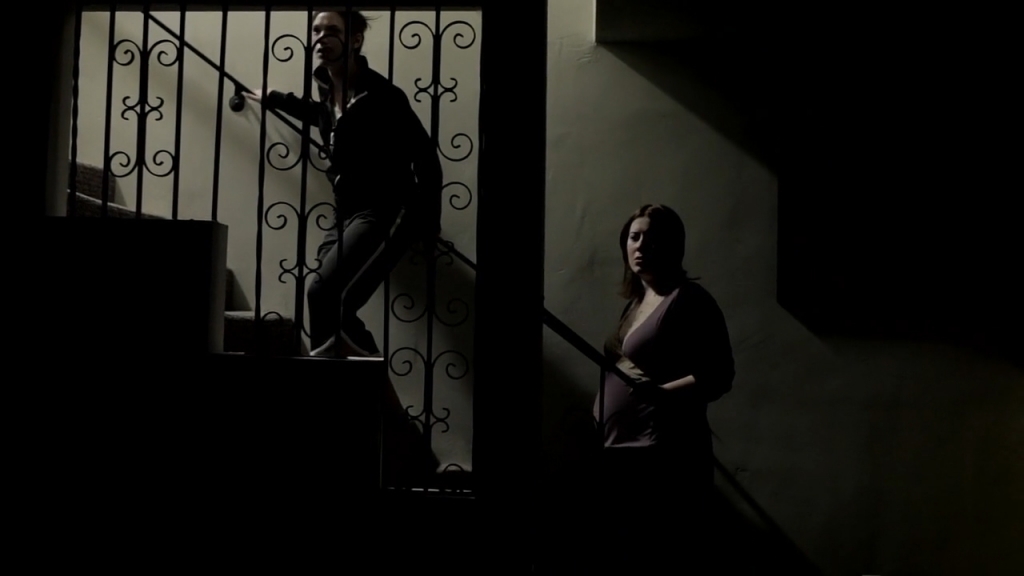
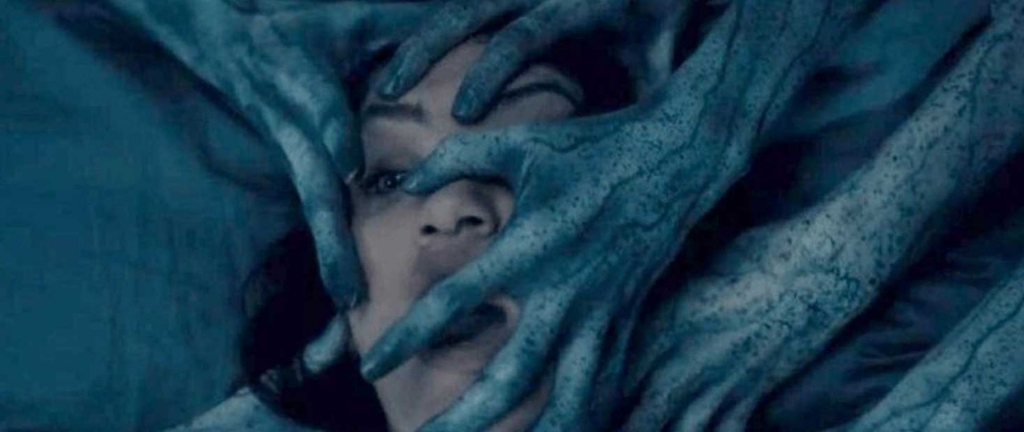
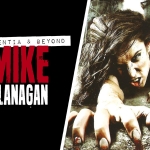
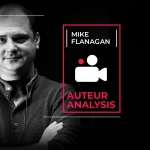
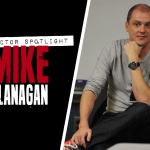
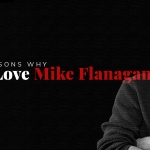






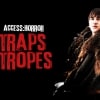
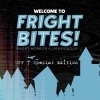
Follow Us!